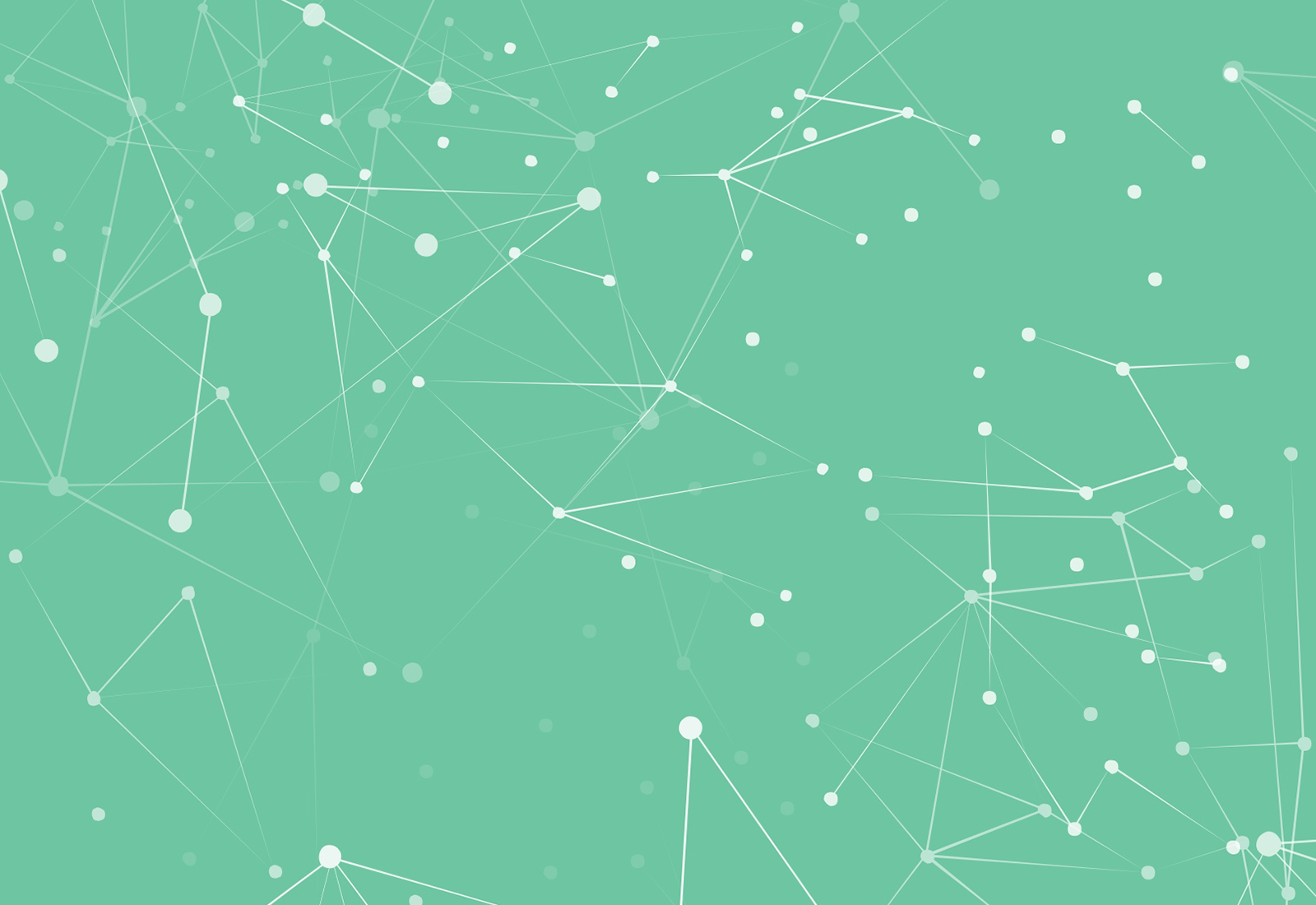The Where, How, and Why of Publishing and Distributing Your Applications
Each museum has a unique set of priorities, constraints and use cases when it comes to how and where applications are published and distributed. We built in a wide range of publication options into the CultureConnect platform – below is a primer on what these methods are, the benefits and trade-offs, and how it may apply to your museum (regardless of whether you use our platform… yet!). Lastly, we’ll preview a little about integrations with collection management systems or DAMS providers.
METHOD 1: Publishing to the Web
Publishing to the web means that your application gets published as a website. It’s publicly available on the internet and accessible on any browser or device. By default, all CultureConnect applications are published to the web. If privacy is a concern, we offer security settings that block access to unauthorized users or devices.
This contrasts with digital experiences or applications which live on a local computer or local servers and therefore, cannot be accessed unless you have access to that specific device or internal network.
Benefits of Web-based Applications
- Web applications are accessible anywhere, from any device and browser. This means you can distribute applications outside the museum walls including homes and schools.
- Publish web applications in-gallery to enable instant content updates or allow visitors to submit or see live changes (e.g. social media posts).
- Responsive design means that your users can view your web application no matter what device they use.
- Automatically update: Make an update in the CultureConnect Platform and the change will be reflected in the application instantly. No need to worry about updating applications or downloading new versions.
- Simple distribution: Want teachers, students, or even the general public to access your web applications from home? Simple, link to it from your website or share the link with them.
- Secure: Just because it’s a web application, doesn’t mean you can’t control access. CultureConnect offers security settings to let you control which device or user has access to web applications.
METHOD 2: Publishing Native Applications
Publishing applications to Apple’s App Store and/or the Google Play stores opens up possibilities. There are some features that only work (or currently work best) with native applications.
Typically, mobile guides and tablet apps are published through the Stores. CultureConnect’s development team manages the process of publishing and updating your applications.
Benefits of Publishing to the App Store and/or Google Play
- Marketing! Not only can visitors that you’re marketing to find your applications, but now the entire world can discover your app while searching the Stores giving your institution and the applications higher visibility.
Native applications can make money. Want to charge a fee or tie your admission fee to app access? The app stores give control to make those decisions. - Advanced features. While web applications have converged with native functionality in the last few years, there are still some advanced features only accessible (or best if accessed) on a native app. For example, AR/VR, camera functions and some geolocation features.
- Efficiency. When you download a native app, only the framework of the app is actually downloaded so it does not eat your storage. Much like a news app, the content is pulled in real-time with an internet connection. Perfect if you’re updating content frequently and don’t want visitors to have to ‘update’ their application. Native apps also stay on user’s phones after their visit.
METHOD 3: Offline Mode
Offline mode means the applications are downloaded to a specific device and can run without internet. Once launched on the device, the app is completely stable. No internet outage can affect performance. There are two types of offline mode:
- PC Offline Mode
- Native Offline Mode
PC Offline Mode was developed by our team in 2016 and quickly became the favored feature of cultural institutions with unreliable WiFi. It’s perfect for those in-gallery interactives that are media heavy – the load time for high resolution media is instantaneous when not relying on external connectivity. Anytime the museum wants to update content or collect data and analytics, you merely connect the device to the internet momentarily and the information syncs. PC Offline Mode also acts as kiosk software, which prevents visitors from navigating away from the app and launching the internet or outside applications.
Native Offline Mode is when an app is downloaded from the App Store or Google Play that users can also download all the app’s content onto their phone. This allows visitors to use the application without a WiFi, cellular or other data connection after the download is complete. Perfect for mobile guides used in remote areas such as parks, outdoor spaces and sculpture gardens or tablet apps used on to go like cars, trains or airplanes.
Benefits of Offline Mode
- Stable performance of all applications no matter the state of your internet.
- Kiosk mode prevents users from launching other applications or navigating away from the application.
- Mobile applications can be used seamlessly when no cellular data is available.
- Data and analytics are always tracking. Want to update content or see your visitor behaviors? Just connect the device to the internet briefly and your application will completely sync with the CultureConnect Platform.
METHOD 4: Integrations
A lot of assets and information are stored in your Collections Management Systems (CMS) and Digital Asset Management Systems (DAMS). Leverage these systems more fully by integrating with CultureConnect’s platform. Push content directly from your CMS or DAMS to digital interactives published on our platform.
Interested in learning more about CMS or DAMS integrations with our platform? No problem. Before making the decision, our team will walk through your project needs, timeline, and budget to ensure your integrations are maximized.
We’ll be talking more about integrations in future posts but reach out to us in the meantime to learn more.




